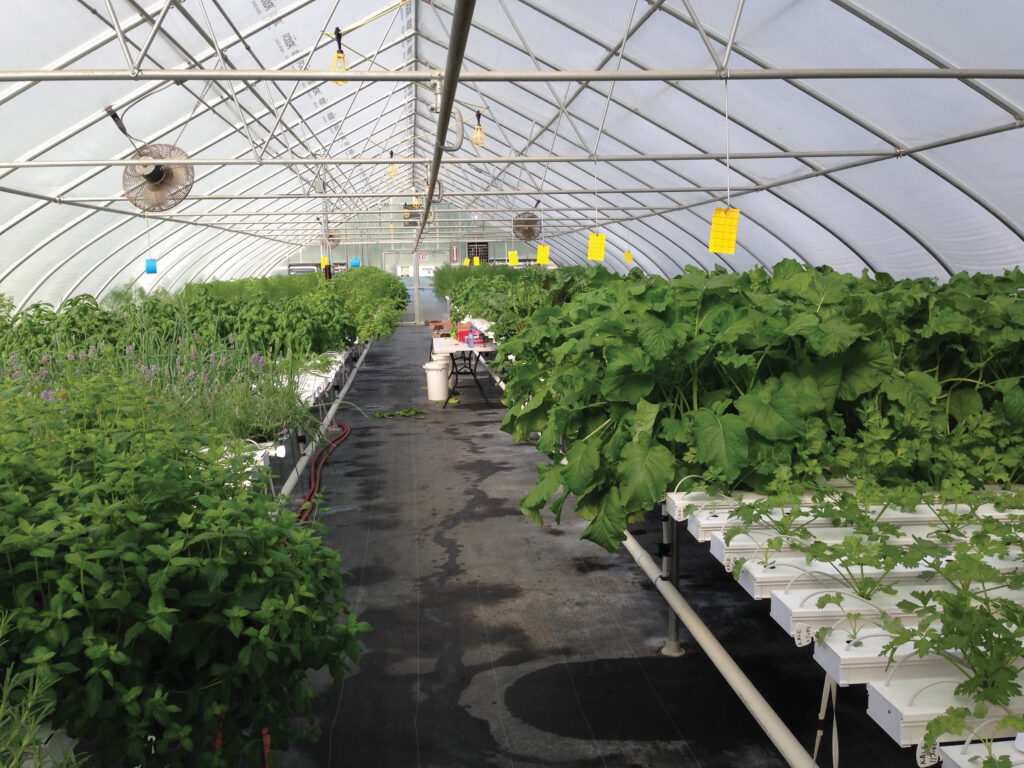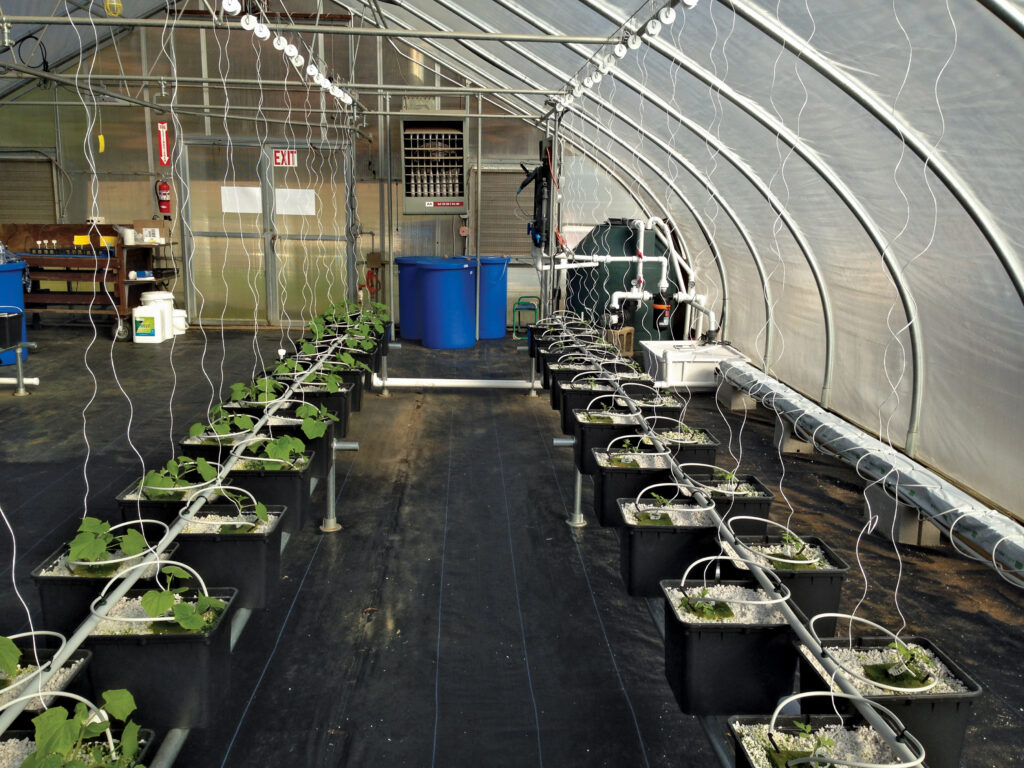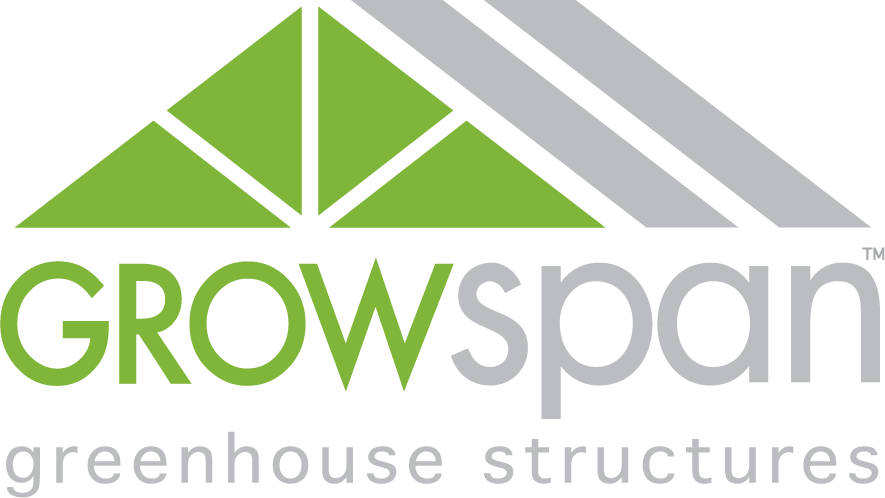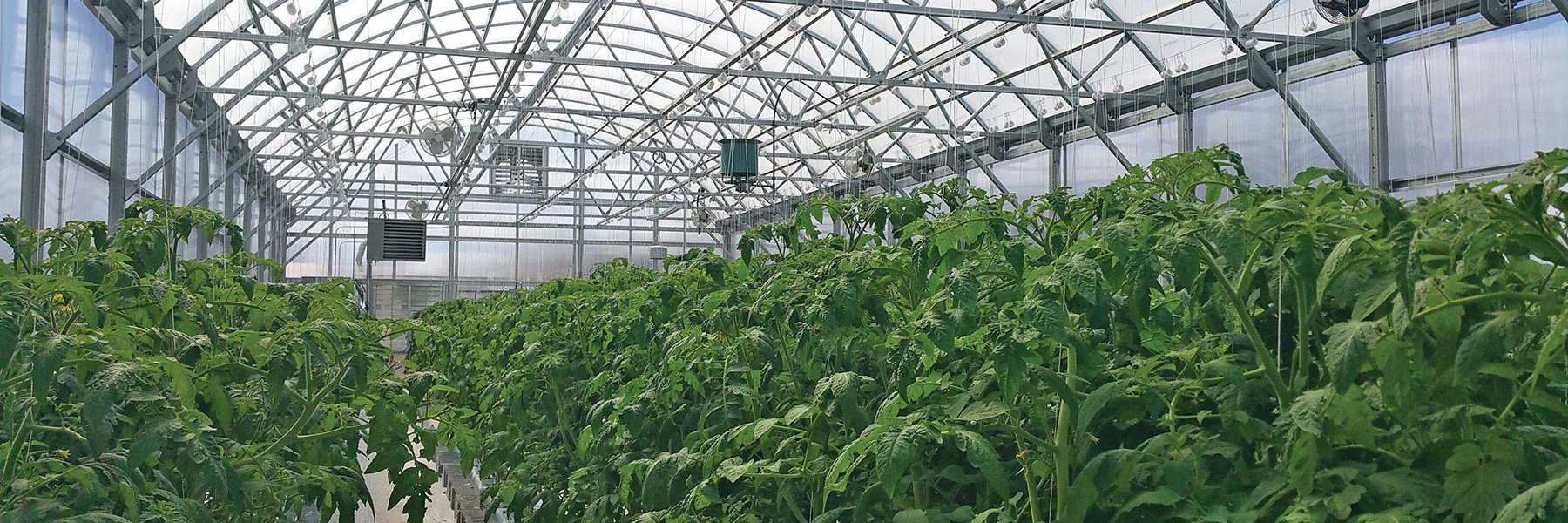Fertigation Systems: Growers Shouldn’t Overlook Fertigation
September 13, 2018
Fertigation systems offer growers a superior fertilization option. Traditional fertilization methods can be a pain. They can involve maneuvering multiple heavy bags, using spreaders for distribution and then applying water to enable the fertilizer to properly soak into the soil.
At best it’s time consuming and messy; at worst, it can damage plants and harm the environment.
For these reasons, more growers are opting to integrate a fertigation system. Fertigation is simply the practice of applying fertilizer via an irrigation system. Utilizing a system with control devices allows growers to reduce labor, and the dissolved nutrients distributed throughout the system are easily directed at and absorbed by the crops, so there is less waste.
By integrating fertigation into an operation, growers are able to improve their yields and boost their profits. This is especially true when applied to commercial operations.
Important Advantages of a Fertigation System

Measuring each batch of nutrient solution and water by hand comes with two problems. First, it takes up a lot of time, and secondly, it carries a high risk of error. Fertigation, especially when automated through control systems, tackles both issues at once.
Fertigation empowers growers to cut down significantly on water and nutrient waste, soil erosion, foliar disease, variations in soil nutrient concentration, as well as the time it takes to mix and measure by hand. When combined with superior climate control, fertigated crops can grow exponentially, and are less prone to threats like pests, disease and leaf burn. Leaf burn refers to the browning or yellowing of leaf edges due to contact with fertilizers.
Traditional fertilizer spreaders tend to place fertilizer outside of the irrigation zone, so it can’t be taken up by the roots. Plants that are fertigated absorb more nutrients than their non-fertigated counterparts.
This is because nutrient and water placement are so precise, the growth of the plant is optimized at every stage of the life cycle. Growers can also feed their crops just enough nutrients to be absorbed, also known as a micro dose, so they can ensure no leftover fertilizer will be washed away in the rain.
Wind can negatively affect the process of traditional fertilization by creating runoff, but this can’t occur with fertigation. Plants receive the exact amount of nutrients and water they require, precisely where they need it. Additionally, nutrients can still be applied to the soil through fertigation, even when soil issues are present.
Ways to Fertigate Crops
Growers can learn to take advantage of fertigation in a number of different ways: through drip irrigation, continuous application, three-stage application, or through a quantitative or proportional method.
Drip irrigation is widely regarded by growers as the best way to put fertigation into practice. It’s an efficient method because it involves adding nutrients only to wet soil, where the roots are active. It keeps nutrient-rich water in the root zone for longer and requires less labor, since growers don’t need to apply fertilizer themselves or add extra water to their plants.
With continuous application, fertilizer is applied constantly from the start of irrigation until the finish, regardless of the rate of water discharge from watering systems. This is accomplished through center pivot, linear move and traveler sprinklers, which are known to increase leaf and fruit quality. It’s critical that fertilizer injection is constant in order to ensure a uniform distribution of chemicals.

Three-stage application is unique in that fertilizers are not immediately put into the water. When the ground is wet, then fertilizers are applied, and cut off again once the irrigation cycle is complete. The fertilizer is flushed out of the system during the remainder of the cycle.
In quantitative fertigation, a bypass fertilizer tank deposits a pre-calculated amount of nutrients and water based on how much a grower wants their crops to receive. This method is generally used in open fields but is also well-suited for greenhouse automation systems.
Proportional fertigation is a very straightforward fertigation method that’s often used in soilless grows. The injection rate is proportional to the water discharge rate, so that a precise amount of solution is sent to individual units. For instance, growers will configure one liter of nutrient solution to go into 1,000 liters of water for the entire crop.
For most fertigation systems, a backflow prevention device is mandatory. Backflow prevention requirements are determined on a state by state basis, so be sure to know what local requirements are before using a fertigator. Spill trays should also be included on fertigation systems to catch any chemical spills.
Fertigation systems can simplify the growing process for growers in virtually any region, no matter what kind of crops they harvest. By lessening day-to-day labor and boosting cost-savings opportunities, professional growers stand to see their business profitability increase.
Looking for information on how a fertigation system can help your operation? Request a Quote today, and our Specialists can help.

